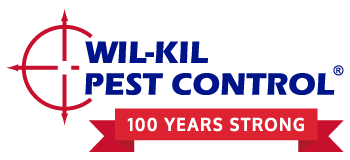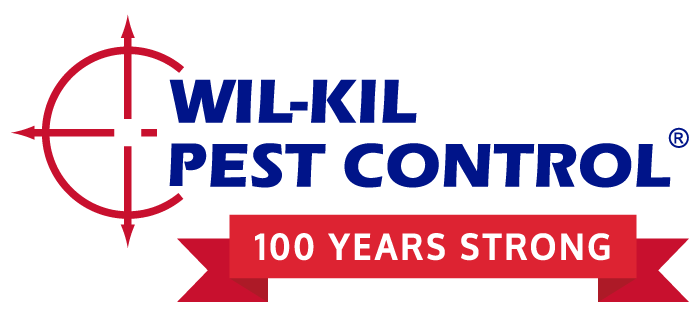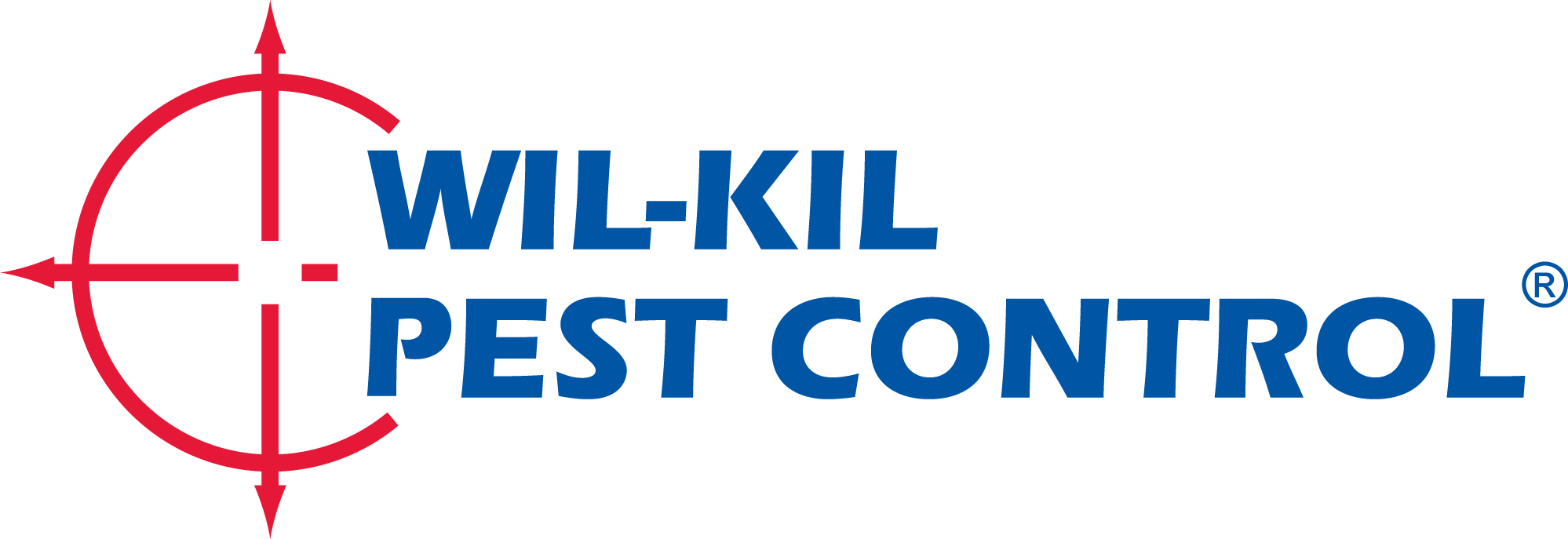
Remote Monitoring: Not Your Grandpa’s Rodent Management
Would a set of eyes and ears working 24/7 in your food distribution facility or warehouse be a valuable addition to your rodent management program? What if this new “team” member could automatically send you a text or email when activity is registered in a rodent trap? Or even just a message to let you know they are on the job?
The answer to all these hypothetical questions is, of course, yes, and the new “team” member we are talking about is remote monitoring technology.
The technology is generating a great deal of conversation among pest management professionals, third-party auditors and commercial facility managers. Particularly those involved with food distribution and storage.
“The remote monitoring systems come in a variety of designs and each has unique operating features,”says Shane McCoy, director of quality and technical training for Wil-Kil Pest Control, a Copesan Pest Solutions Partner, in Menomonee Falls, Wisc. “Some units send alerts when a rodent is caught in a snap trap or multi-catch trap, others simply react when a trap has been triggered – catch or not.”
McCoy adds that other systems engage when the bait is disturbed or a rodent physically touches it, while others use an infrared beam of light to detect a triggered snap trap or movement in a multi-catch device.
“Much is yet to be known about the capabilities of remote monitoring and the benefits to pest professionals and their commercial clients, the underlying message is very clear,” says McCoy. “This technology is clearly not rodent management as we have known it.”
Considerations
Introducing new technology to any rodent management program shouldn’t be rushed or done without considering its impact.
“Pest service providers and their clients need to have an honest conversation about whether remote monitoring is a good fit for their budget and the specific needs of their facility,” says McCoy.
- Not an “End All-Be All” – Remote monitoring alone will not prevent or eliminate rodents from entering a facility. It is one component of a more comprehensive approach to rodent control that includes exclusion, sanitation, cultural practices, and traditional baiting and trapping efforts.
- Not for All Facilities – An effective rodent management program is customized to the specific needs of that facility. From building design and construction, to what types of products are processed or stored at the facility, to where the building is located (i.e. near a body of water), clients, and their pest providers must factor this information before making a decision to go ahead with remote monitoring.
- Data Needs to Be Used Properly – The amount of data generated from remote monitoring can be overwhelming. Pest management professionals, QA and plant managers must all understand what the data means, and commit the time and resources needed to best utilize the data.
Remote monitoring technology has the potential to change the way rodent management practices are conducted in commercial facilities.
Remote Monitoring Advantages
Wil-Kil Pest Control is deploying remote monitoring technology in select accounts and McCoy feels it is important that clients have a good understanding of the advantages and considerations of the technology before incorporating it in their rodent management programs.
“Deploying remote monitoring technology in a food storage or distribution facility adds another preventive measure in the fight against rodents,” says McCoy.
According to McCoy, the advantages remote monitoring offers food storage and distribution facilities include:
- Real-Time Data – Remote monitoring technology provides real-time data on rodent activity inside and outside of a structure. With no delay in receiving this valuable information, better informed decisions can be reached using facts, not guesses.
- Faster Response – With the data available sooner to the client and service provider, decisions can be reached faster on what corrective actions need to be taken to remedy the situation. And, as we all know, time is critical when it comes to preventing disease transmitting rodents from threatening food products.
- Preventative – FSMA regulations stress the importance of prevention, and remote monitoring technology falls in line with that approach. The data produced supports an integrated pest management (IPM) approach and helps pest professionals design and deliver preventive vs. reactive rodent management strategies.
- Time Saving – Deploying remote monitoring technology can free up time for QA managers, inspectors and service technicians to perform the real work of pest management including more comprehensive inspections, interacting with clients and identifying the root cause of pest issues.
What’s inside:
Download the PDF to learn:
- The impact of introducing new technology in the pest field
- Remote monitoring advantages and disadvantages
- How remote monitoring works and its capabilities


